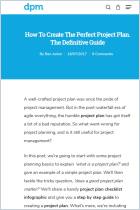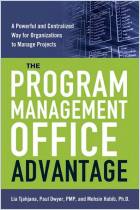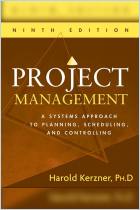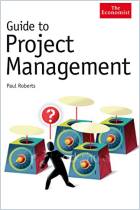
Article
Beginner’s Guide to Project Portfolio Management
Critical Steps, Tools, Benefits
Digital Project Manager,
2018
Read or listen offline
Amazon Kindle
áudio gerado automaticamente
1×
Faça o Login para ouvir o resumo em áudio.
áudio gerado automaticamente
Recommendation
Agencies typically run scores of projects concurrently, raising questions about priorities, resource allocation and sequencing: thus, the need for project portfolio management (PPM). Digital project manager Ben Aston, writing for The Digital Project Manager platform, provides a thorough introduction to the rationales, benefits and processes of PPM. Agency owners, program managers and project directors, as well as prospective portfolio project managers, will appreciate Aston’s clear, authoritative overview and useful tips.
Summary
About the Author
Ben Aston is founder of The Digital Project Manager, a platform for project management information.


















Comment on this summary or Iniciar a Discussão